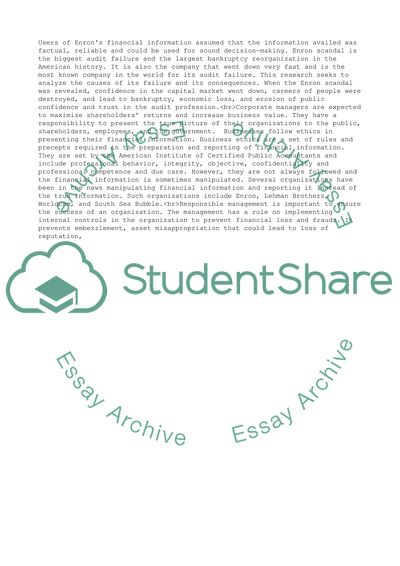Cite this document
(“Contermporary Issues For Business and Society Essay”, n.d.)
Contermporary Issues For Business and Society Essay. Retrieved from https://studentshare.org/management/1699085-contermporary-issues-for-business-and-society
Contermporary Issues For Business and Society Essay. Retrieved from https://studentshare.org/management/1699085-contermporary-issues-for-business-and-society
(Contermporary Issues For Business and Society Essay)
Contermporary Issues For Business and Society Essay. https://studentshare.org/management/1699085-contermporary-issues-for-business-and-society.
Contermporary Issues For Business and Society Essay. https://studentshare.org/management/1699085-contermporary-issues-for-business-and-society.
“Contermporary Issues For Business and Society Essay”, n.d. https://studentshare.org/management/1699085-contermporary-issues-for-business-and-society.


